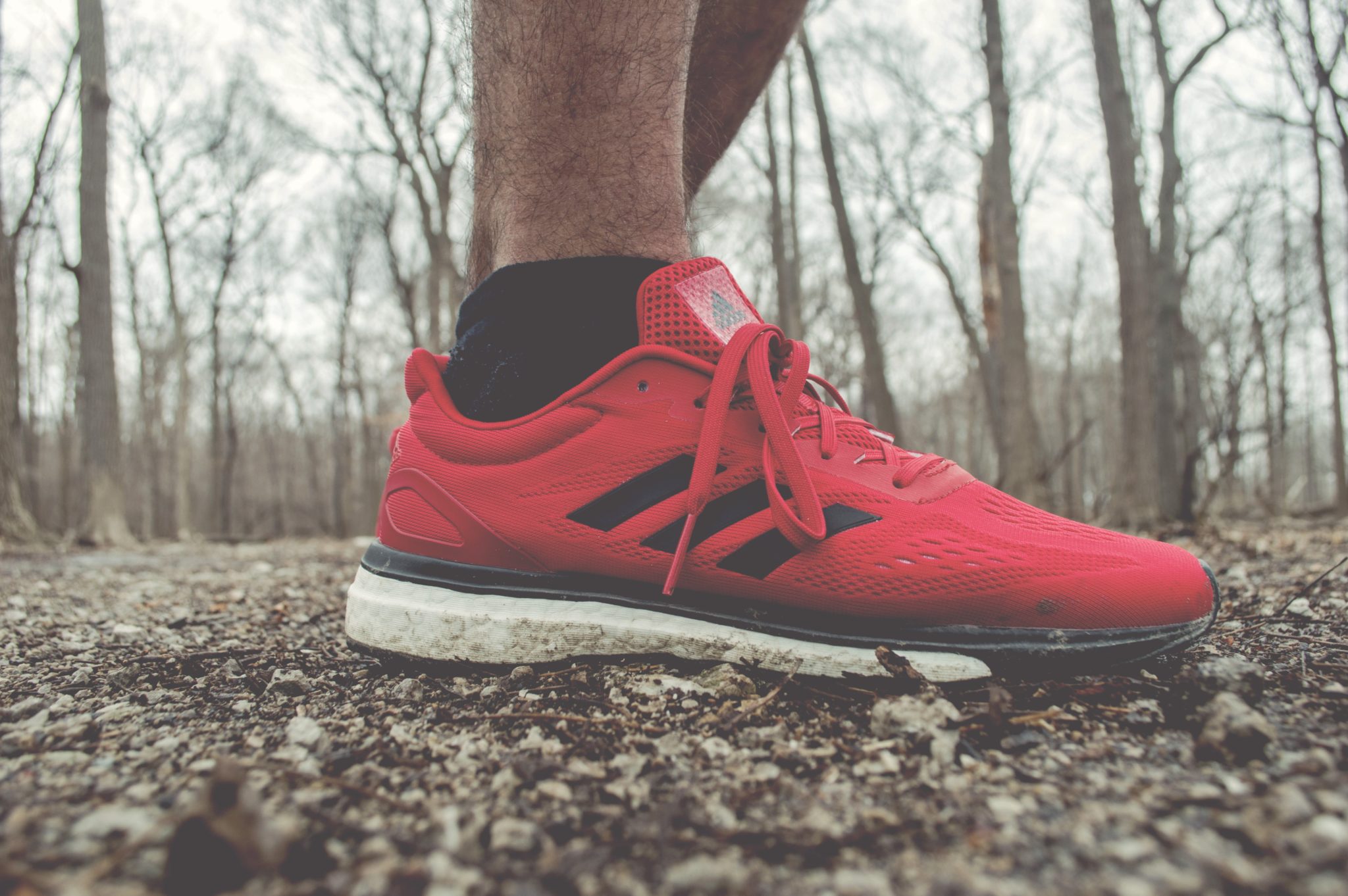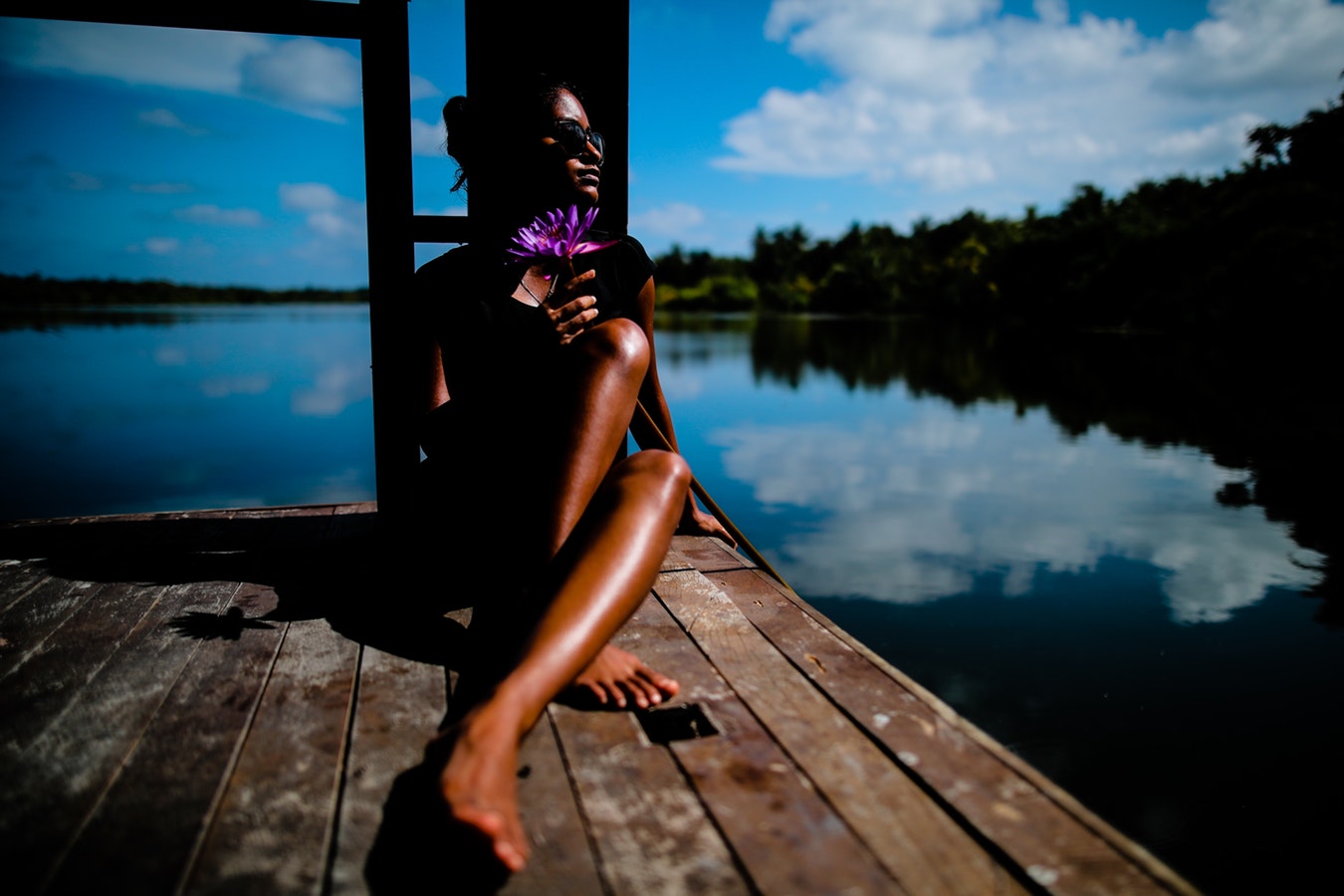
How to Treat (and Avoid) Athlete’s Foot
Have your feet been itching due to athlete’s foot? Treat your symptoms in a few easy steps.
Itching or burning between your toes? Dry or scaly feet? If these symptoms sound familiar, you might have a case of athlete’s foot, a fungal condition that affects athletes and nonathletes alike. While symptoms can be severe, it can be easily treated with a variety of medicines and home remedies, and just as easily avoided with a few precautionary steps. With our quick guide to athlete’s foot, you can take it in stride the next time an infection strikes.
What Is Athlete’s Foot?
Clinically known as tinea pedis, athlete’s foot is a common fungal infection. The name is somewhat misleading, since athletes aren’t the only people affected by this condition. Its symptoms include itchiness between and around the toes, scaly, cracked, or peeling skin, thick, ragged, or discolored toenails, dryness on the bottoms and sides of feet, redness, burning, blisters, sores, and foul odors. Though anyone can develop it, men are more susceptible to athlete’s foot than women, especially those who wear wooly socks or tight-fitting footwear.
Courses of Treatment
Even a mild case of athlete’s foot can be extremely unpleasant. Fortunately, there are many at-home treatments available, most of which are easy to use and highly effective.
First-line treatments for athlete’s foot include over-the-counter powders, sprays, and anti-fungal creams. Whichever substance you choose, apply the product to your feet and the inside of your shoes before putting on socks and shoes. If these remedies don’t work, you should see a professional. You might need a prescription-strength anti-fungal cream, an oral anti-fungal medication, or even antibiotics for more severe cases.
Diabetic, pregnant, and immunocompromised patients should seek out a dermatology professional as soon as possible, regardless of the condition’s severity. You’ll also need to seek help if the fungus affects your toenails, since it will need to be treated with oral anti-fungal pills. Be sure to complete the entire treatment regimen even after symptoms subside, as reinfection is common.
Prevention
As with any medical condition, prevention is the best form of treatment for athlete’s foot. Fortunately, there are many simple ways to greatly reduce the chance of infection and reinfection. Since the fungus causing athlete’s foot thrives in warm, moist environments, avoid standing in swimming pools, locker rooms, and public showers for extended periods of time. Don’t wear damp shoes or socks, since sweat feeds the yeast that causes athlete’s foot. Wear socks whenever you’re out, and go barefoot at home.
Since athlete’s foot is highly contagious, it’s important to wash your hands with soap and warm water after coming into contact with it. Use antiseptic cleaner after using the bathtub or shower. Don’t share towels at public pools or locker rooms, and wear some kind of foot covering (flip-flops, water shoes) in such environments. Always wash your socks in hot water, never reuse a dirty pair, and treat your shoes with antiseptic spray after the infection resolves. You can also leave shoes out in the sun to dry in order to kill the fungus.
Athlete’s foot is never pleasant, but treatment is a walk in the park. Consult a dermatology professional today if you have any symptoms.









No Comments
Sorry, the comment form is closed at this time.